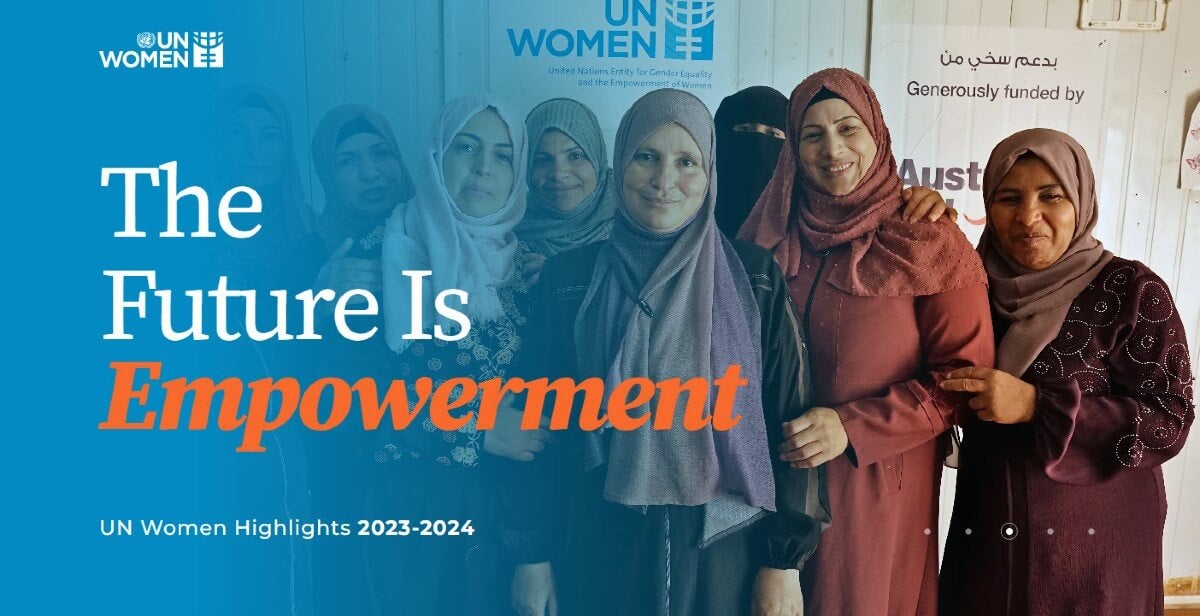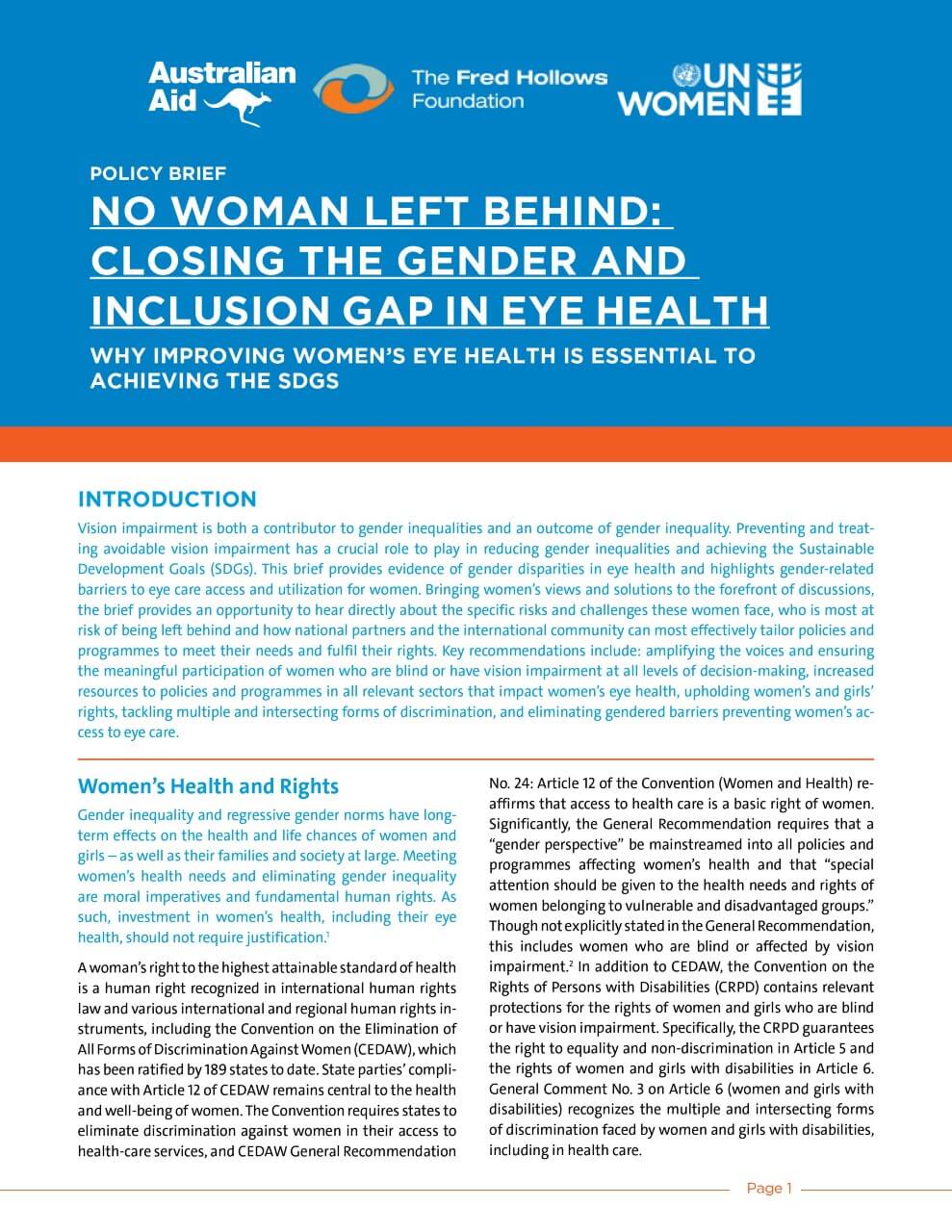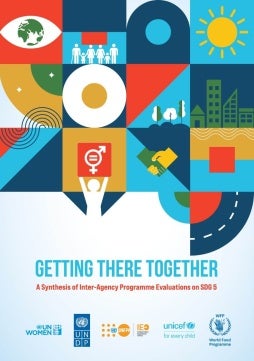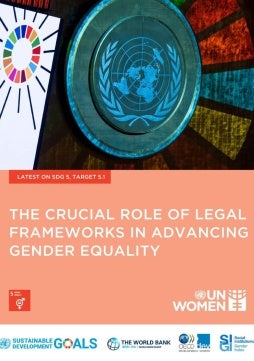No woman left behind: Closing the gender and inclusion gap in eye health: Why improving women’s eye health is essential to achieving the SDGs
Vision impairment is both a contributor to gender inequalities and an outcome of gender inequality. Preventing and treating avoidable vision impairment has a crucial role to play in reducing gender inequalities and achieving the Sustainable Development Goals (SDGs).
This policy brief provides evidence of gender disparities in eye health and highlights gender-related barriers to eye care access and utilization for women. Bringing women’s views and solutions to the forefront of discussions, the brief provides an opportunity to hear directly about the specific risks and challenges these women face, who is most at risk of being left behind, and how national partners and the international community can most effectively tailor policies and programmes to meet their needs and fulfil their rights.
The brief maps out a number of forward-looking recommendations to countries, including actions to amplify the voices and ensure the meaningful participation of women who are blind or have vision impairment at all levels of decision-making, increase resources to policies and programmes in all relevant sectors that impact women’s eye health, uphold women’s and girls’ rights, tackle multiple and intersecting forms of discrimination, and eliminate gendered barriers preventing women’s access to eye care.










